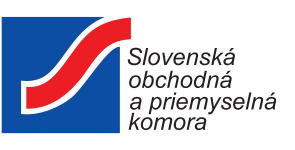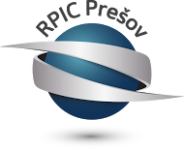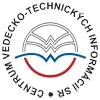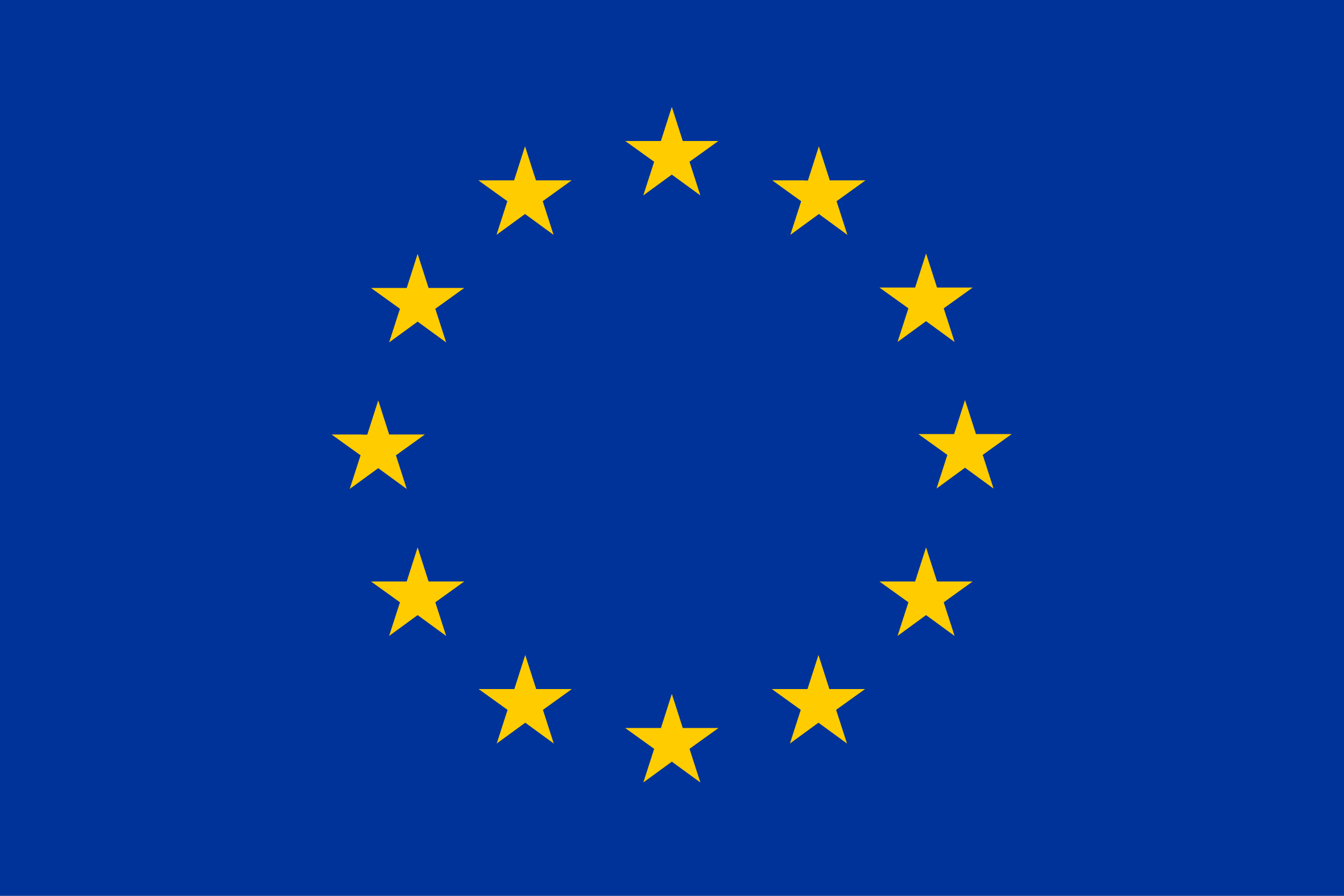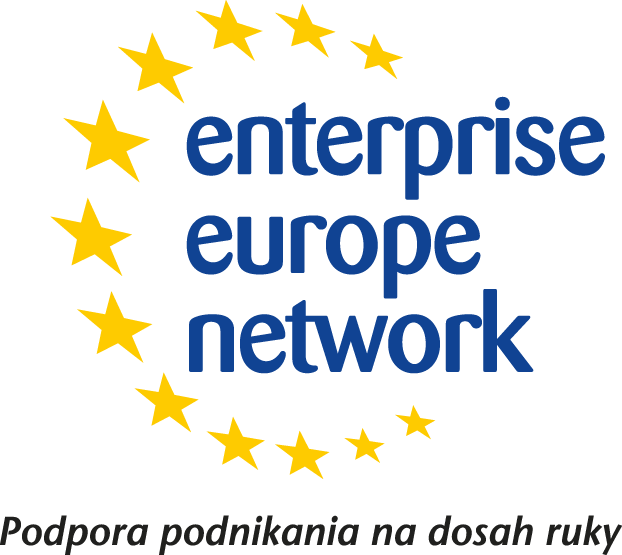Summary:
A Spanish university research group has developed a disruptive method that allows the magnetization of oocytes and embryos by means of the union of nanoparticles to their external layer. This allows their manipulation without physical contact minimizing errors and reducing costs in the assisted reproduction techniques. Biotech companies in the field of animal or human assisted reproduction are sought for license agreement and/or technical cooperation agreement.
Description:
A Spanish research group with extensive expertise in assisted reproduction technology (ART) has developed new technology that minimizes the oocyte and embryo handling by the application of magnetic fields in order to move or fix them.
In the last decades, ART has undergone a rapid development, mainly due to the increase in fertility problems in human couples. Moreover, in the animal world, these technologies are also becoming important tools, both to increase the efficiency and quality of livestock production and to help with the conservation of wild endangered species. However, one of the major limitations in reproductive technologies is derived from the manipulation of oocytes and embryos, since they require conditions of maximum control to preserve their fertilizing ability of the oocyte and development quality of the embryos.
Processes such as in vitro maturation of oocytes, in vitro fertilization, embryonic culture, and vitrification, require the manipulation of oocytes and embryos, both to displace or immobilize them in supports for a better visualization or handle. Currently, this manipulation requires direct physical contact using tools which can reduce the efficiency or even cause the loss of genetic material.
The technology developed combines the nanotechnology and molecular biology. It is based on the use of magnetic nanoparticles, that joined to the oocyte or embryo, give them the ability to be magnetized for a certain time and thus be able to be manipulated without physical contact. Through the application of magnetic fields allows to guide the oocytes/embryos to certain places or fix them to avoid their displacement.
The technology helps to improve the lab workflows and protocols making in vitro embryo production processes more relievable minimizing human errors and reducing costs.
The research group is looking for companies interested in licensing and/or establishing a technical cooperation agreement to develop the preclinical trials required for the commercialization of this technology.
Type (e.g. company, R&D institution…), field of industry and Role of Partner Sought:
The research group is seeking biotech companies in the field of animal or human assisted reproduction interested in the commercial exploitation of this technology by licencing agreement and/or technology cooperation agreement to undertake the clinical trials and subsequent technological development necessary to put on the market this disruptive technology.
Stage of Development:
Available for demonstration
IPR Status:
Patent(s) applied for but not yet granted
External code:
TOES20200305002



